January 25, 2022
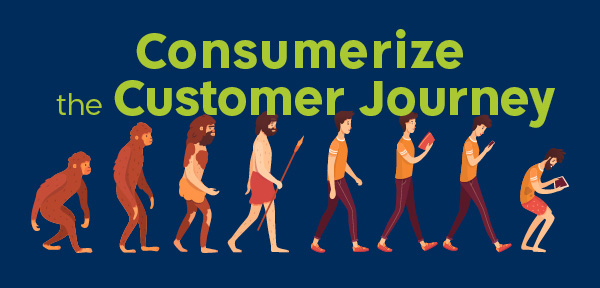
When I just started my career, an intelligent woman told me that only when I understand that the customers of the company pay my salary and not the company owners, will I be able to call myself a marketer. So when you think about the future of marketing, you need to first consider what kind of customers we will meet.
Let’s talk about how you “consumerize” the customer journey; how you look at the B2B (Business to Business) customer a bit like a consumer.
The new B2B customer is a digital native
Our childhood determines our future behaviors as adults, the people we become, and the decision-makers we grow up to be. It is also true of the technological environment in which we were raised.
The millennials, also known as Generation Y, were born after 1980. They are now in their 30’s. Generation Z, as you can see in the table, is still young, but we will soon see them influencing our businesses. Since technology is changing very quickly, a sub-generation was born between the Millennials and Generation Z. Zillennials were born between ‘93-‘98 and were influenced by more advanced technology than the Millennials.
For their entire lives, digital natives have been surrounded by technology, social media, mobile devices, computers, and the internet. They speak this digital language as their mother tongue. They did not learn this language in their 20’s, 30’s, or later. They do not have an accent, so to speak.
This impressive figure tells the whole story: More and more millennials and gen zers are entering the B2B decision journey, some as technological or professional influencers and others as decision-makers. It is important to note that among the people involved in decision-making, you usually meet several generations.
A few months ago, we at Oz Global B2B did a project for the American agricultural market. The intergenerational integration in the decision-making process that arose there was very prominent.
-
- A family business where the younger generation initiates a decision, and the founding generation approves it. Sometimes the founder initiates the decision but immediately passes it on to the younger generation to check online what the options are.
- A senior manager at a big business closes a deal, but the people in the field – professionals or salespeople – do not “speak” the same language. This will greatly affect the next purchase.
Even if you think your business is less exposed, check again! It does not matter if the decision-makers are digital natives or digital immigrants. Within the process, there will always be a mix of generations.
The Millennials and Gen Zers highly influence who will enter the decision funnel
About 50% of all product searches on the web are conducted by digital natives.
The customer journey is long, complex, and involves many stakeholders.
By the time the customer recognizes that he has a problem, we are, in most cases, not there. Identification is an internal stage from which someone is appointed to start researching information to find options for a solution.
50% of those who conduct the research and seek alternatives regarding a product or service, may not take an “official” part in decision-making but are the ones who put the relevant suppliers in the decision-making funnel. They are the ones who build the long list. They are the ones who decide whether or not you will be included in the “consideration group,” which is of critical importance.
Two tips to gain the trust of digital natives:
1. Be authentic!
The generation that grew up on social networks, fake news, and unfounded marketing does not believe in marketing messages and does not believe in unproven statements.
They have developed a hypersensitivity to online messages – they suffer from a blatant lack of trust in what is being said online. They continue to consume information online, but with a very large firewall.
The bright side of it is that digital natives recognize authenticity when they see it..
So what does authentic marketing look like?
-
- Get your executives to use social media
Customers want to know the people behind the executives or the company representatives that they are in contact with.Make sure your site reveals who you are beyond your formal title. What topics do you choose to share? Who are your friends, what groups do you belong to, and to whom do you respond to?LinkedIn is not everything. Feel free to diversify to other social networks – Facebook, Instagram, Twitter, and even Tik Tok.
- Get your executives to use social media
- Share user-generated content from real people
Show real things, with real customers behind them. If you trust your product, let it tell your story. - Go live on social media platforms
Talk without filters. To digital natives this sounds obvious, to digital immigrants, it is less trivial. At first, the digital immigrants posted posts after editing them numerous times. Then they agreed to post an edited video. The transition to live video is scarier, but this is exactly the meaning of authenticity. - Promote employee advocacy
Empower your employees to share smart, quality content with their own social networks. On average, employee networks have 10x more connections than a company has followers. Plus, according to the Edelman Trust Barometer, people are 3x more likely to trust company information shared by an employee than that shared by a CEO.
2. Consumerize!
This word does not exist in the dictionary yet but already stars in the literature that follows trends in the B2B world. As Mona Akmal, Falkon CEO and Cofounder, once said, “As work and life flexibly intertwine, so must our approach to reaching our target users.” Gone are the days when the customer was a business person between 9-17 and a consumer on evenings and weekends.
Studies show that the business customer is very much influenced by his consumer experience and expects to have a similar experience in business purchases.
The customer experience touches on all stages of the journey – collecting information, placing an order, contacting the company up to paying.
- More than 80% of B2B customers stated that they will look for a new supplier if their expectations in terms of customer service and user experience are not fulfilled.
- According to McKinsey & Co, B2B brands score below 50% on customer experience index ratings on average, compared to 65 to 85% for typical B2C brands.
- Gartner illustrates that 77% of B2B buyers report that their last purchase was very difficult or complex.
The conclusion is that as customer experience improves in the consumer world, B2B buyer expectations will rise as well.
In short, do not compare yourself only to competitors in your immediate area. The customer or client expects from you the same experience as on Amazon, Netflix, or Uber.
To sum up…
- The digital natives are digital animals. They were born into it, and it is their playground. It requires us to be present and comfortable in the digital space. Allow them to find us easily and learn about us in a convenient way that interests them. Allow them to easily consult, purchase and pay online.
- Life in the digital arena has taught them to be suspicious, not to believe everything they are told. They have developed the skills and expertise to recognize fake news when they see it. This requires us to be authentic in interactions with them, without filters and edits.
- Remember, before they are decision-makers, customers, or partners, they are first and foremost human beings. Their personal lives have seeped into their business life and it is very difficult for them to separate the two. So, we have no choice but to “consumerize” the way we treat them.
The different characteristics between the B2C and B2B worlds are getting blurry.
Whether we are marketing to a B2B customer or a B2C consumer, we are actually humans who sell to other human beings. So let’s all agree that it is really H2H marketing.
Want to talk to Nirit? You can reach her at nirit@ozglobalb2b.com











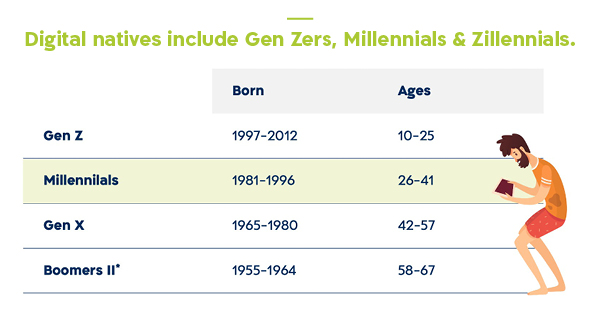
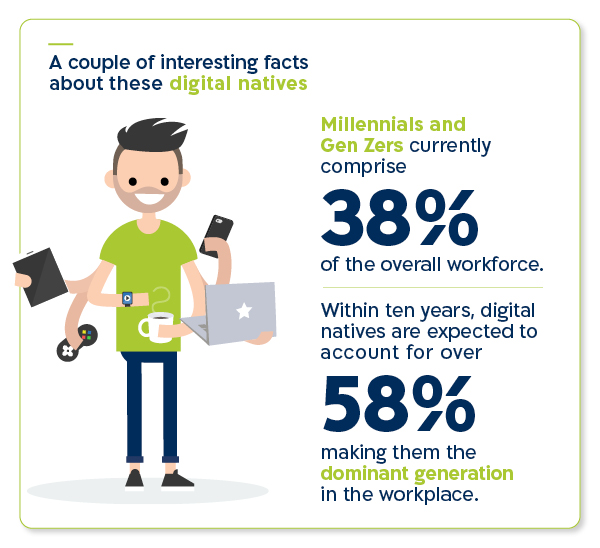
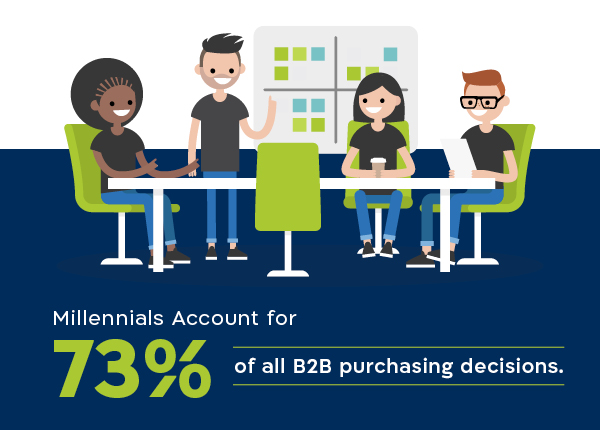
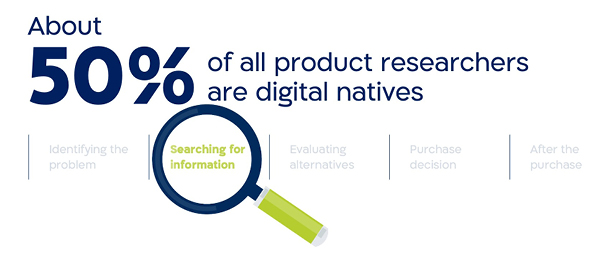
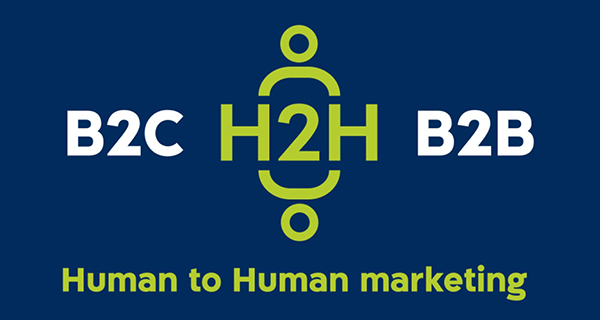

 As a company that leads Israeli B2B companies to success in the global market, we’ve developed a structured five-step process to ensure marketing directly advances the company’s business decisions.
As a company that leads Israeli B2B companies to success in the global market, we’ve developed a structured five-step process to ensure marketing directly advances the company’s business decisions.
 The beauty of this process lies in its clarity. Every marketing effort is measured by its direct contribution to the business. If it’s not in the plan, there’s a reason.
It may sound simple - and it is - but it requires you to pause, plan, and sometimes partner with an external professional. Someone who will hold you accountable, challenge your thinking, and keep you focused. Someone who’s done this many times before and knows how to steer the process.
The cheetah doesn’t wait - and the year won’t either. Now is the time to focus your marketing on what truly matters for your business and drive real impact. We’re here to help.
The beauty of this process lies in its clarity. Every marketing effort is measured by its direct contribution to the business. If it’s not in the plan, there’s a reason.
It may sound simple - and it is - but it requires you to pause, plan, and sometimes partner with an external professional. Someone who will hold you accountable, challenge your thinking, and keep you focused. Someone who’s done this many times before and knows how to steer the process.
The cheetah doesn’t wait - and the year won’t either. Now is the time to focus your marketing on what truly matters for your business and drive real impact. We’re here to help.





